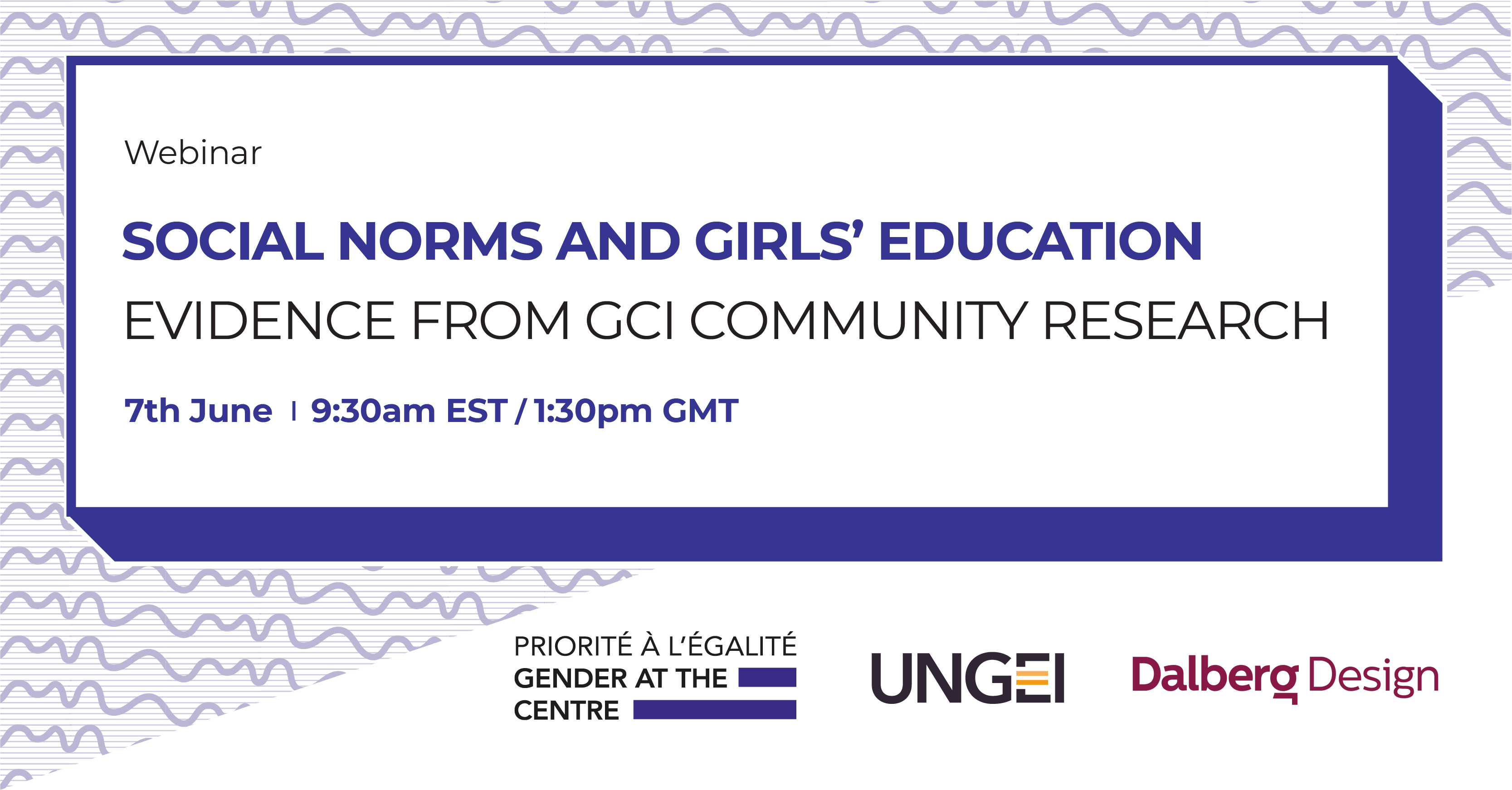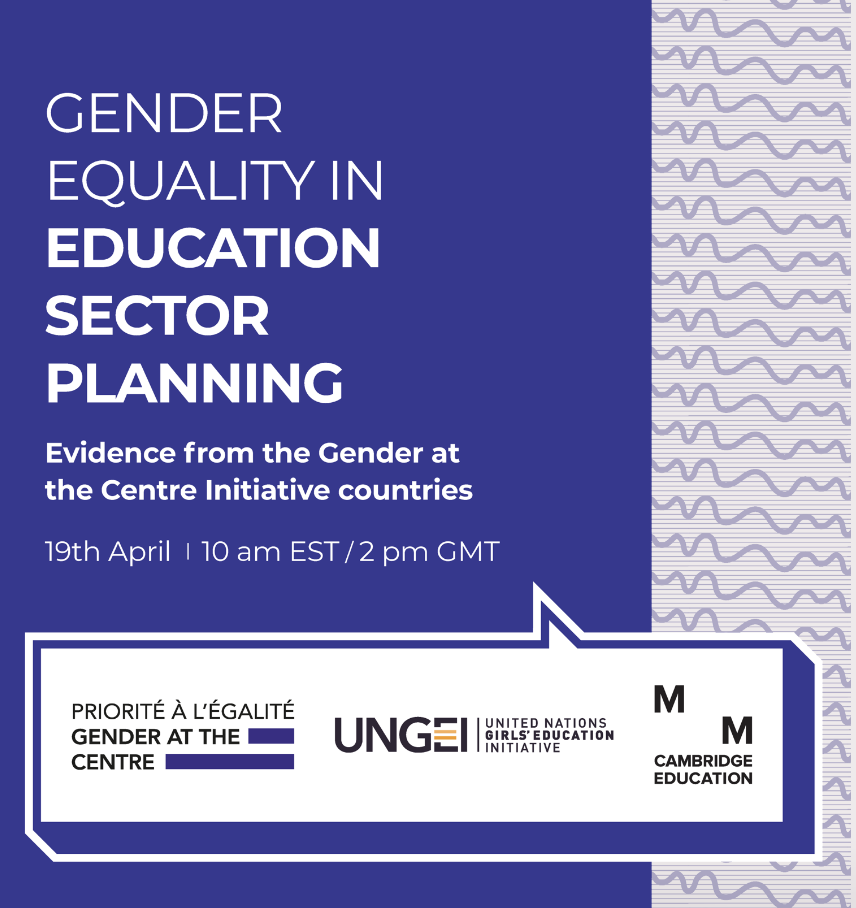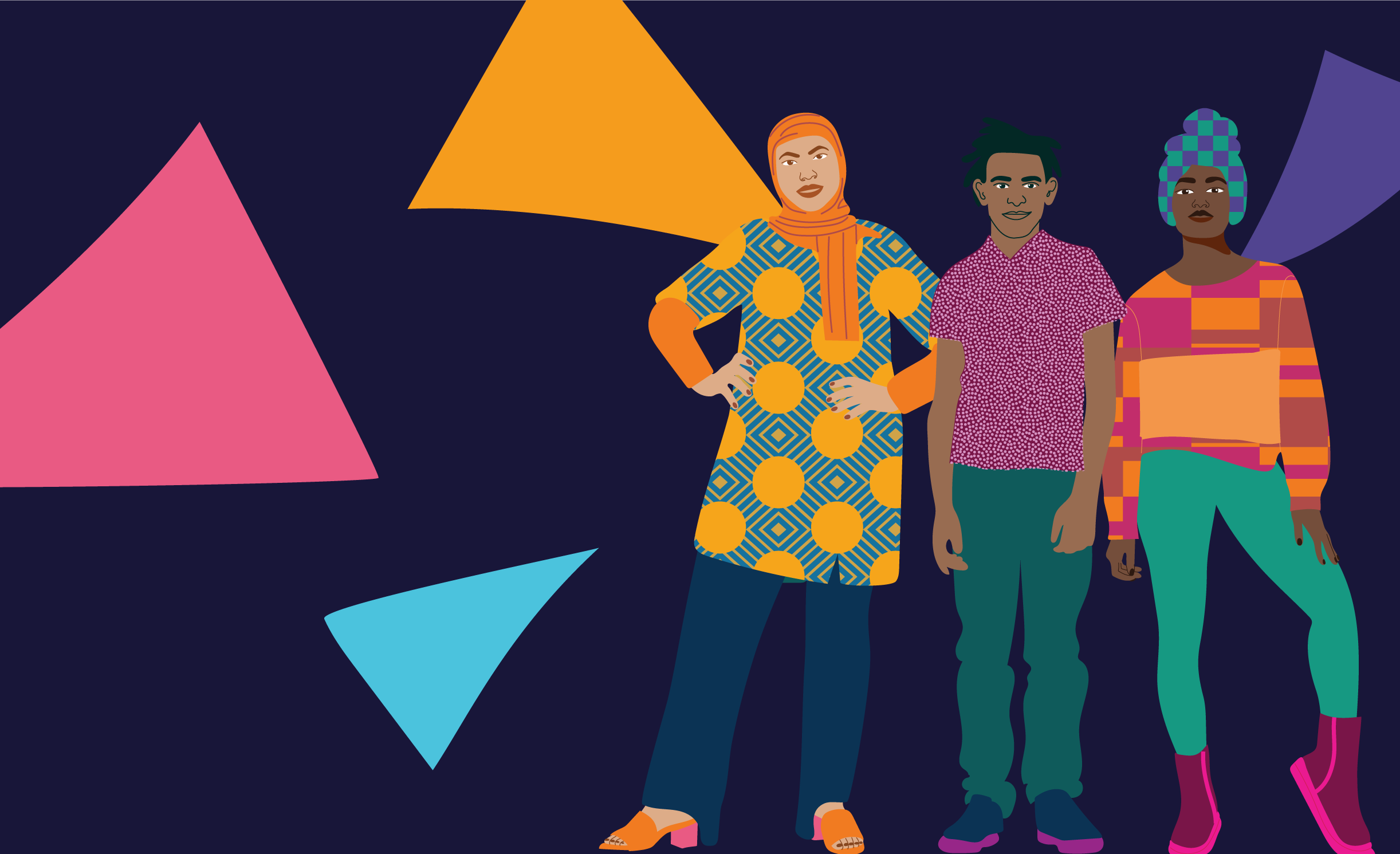Countless times we’ve heard it said that education is the great equaliser. Education is the surest investment to break down social and economic differences between people. Further, when done right, schools can unravel the most deep-seated inequalities based on gender. In fact, from our perspective, the path to gender equality runs through education.
Yet here we run into a flaw in our argument, because it is not just about equal numbers of girls and boys in school or about individual opportunities. For even where girls and boys have equal access to education, we know that gender equality is not a given. In many countries, girls are the first to drop out of school, the first to be failed by the system. In others, it is boys who consistently underperform. And the system itself — teaching and learning tools and practices, classroom culture and how education is managed — can reinforce rather than break down beliefs about what girls and boys should do and be.
For education to fulfil its potential to create a gender-just world, both girls and boys (and all girls and boys) must equally benefit from it. The critical question is what will it take to achieve gender equality in education, and what will it take for schools to promote gender equal societies?
The education sector plan: a critical window
One thing is clear: to tackle gender barriers in education, a business as usual approach will not work. For wholesale systemic change to happen, education systems need to be gender-responsive by design. Just as the design of a building originates with an architect’s plan, the entry point has to be the education sector plan (ESP).
As a country’s blueprint for education reform, the ESP represents a critical opportunity to embed gender equality into the DNA of all aspects of education — from the vision of the type of schools a country hopes to establish, to the way education data are collected and analysed, to what policies are created, and how schools and education institutions are managed.
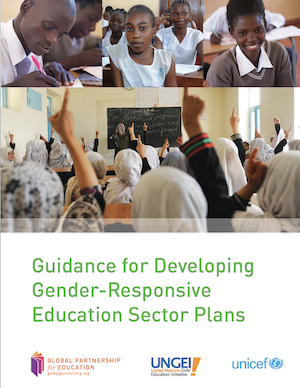
What we are advocating for therefore is gender-responsive education sector planning (GRESP). Building on existing tools for sound education planning, UNGEI, GPE and partners developed a guide to bringing a gender lens to this work, published on International Women’s Day 2017 as the Guidance for Developing Gender-Responsive Education Sector Plans.
An important starting place, GRESP identifies gender barriers within education systems and ensures that strategies and policies are in place to address these barriers through the ESP. Through gender analysis, issues such as the lack of gender sensitive sanitation facilities, violent teaching and learning environments, gender stereotypes in teaching materials, a lack of gender training for teachers and imbalances in teaching staff, such as insufficient women teaching maths and science and few if any men in early learning classes are brought to light.
Beyond the classroom, GRESP also considers social norms leading to early marriage and pregnancy, gender-based violence and the stigma around menstruation as education issues having negative education outcomes.
It will also require ministries of education to collaborate with other ministries to bring a whole government approach to building gender equal systems.
GRESP: a tool, a workshop and now a movement
In the space of three years GRESP has moved from a tool to a workshop, which is now a movement. To date, ministry of education delegations, local education group and civil society organisation representatives from 27 countries have attended four regional workshops in West and Central Africa, East and Southern Africa and South Asia.
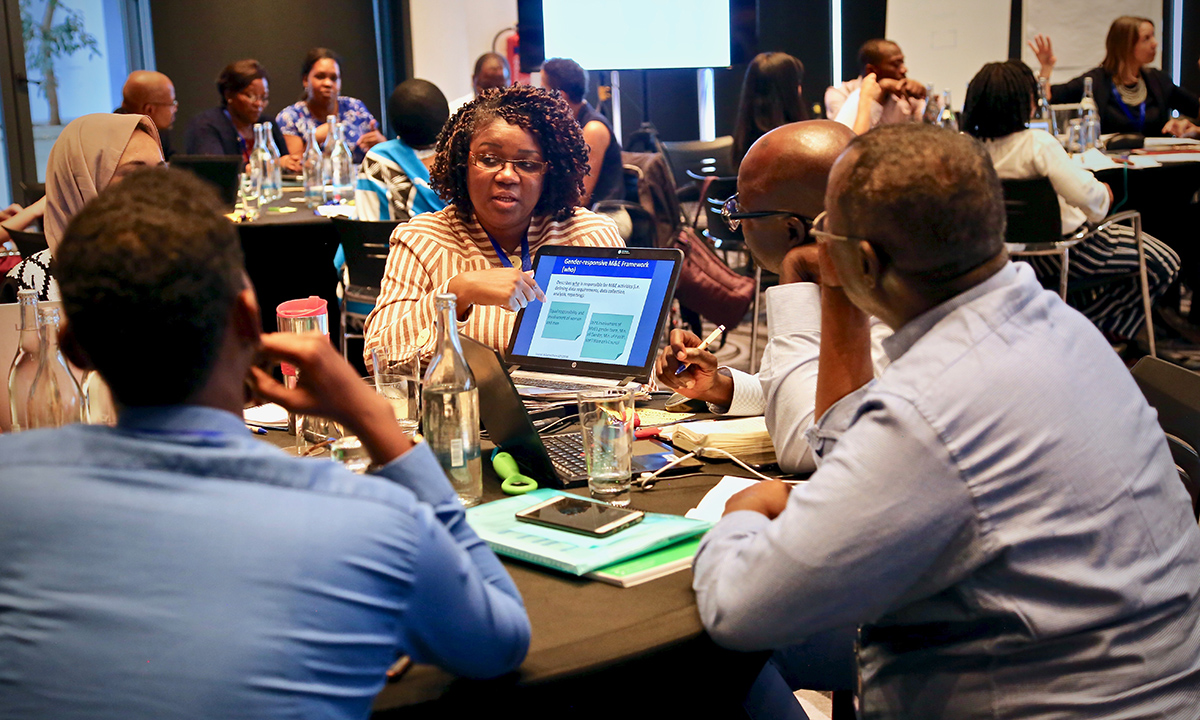
Each workshop is an intense four-day program designed to enhance delegates’ understanding of gender analysis and its role in education planning. Through an immersion in GRESP, the workshops build the capacity of participants to apply the core principles of gender equality in their work, increase their commitment to the mission, and facilitate peer-to-peer learning through the sharing of insights and experiences across country teams.
GRESP workshops are designed with the practitioner in mind, so that delegates review their own ESPs, carry out a gender analysis of their own education context, and, at the end, create an action plan to guide follow up work that will make their ESP plan more gender-responsive.
In the blog posts that follow, we’ll explore in depth the experiences, learnings and outcomes of a recent GRESP workshop through the eyes of the participants themselves.
From our perspective, witnessing the impact of the programme on delegates gives us renewed hope that our mission to advance gender equality in education can and is being achieved. Only when the systematic integration of gender in every aspect of education is made a national development priority can the transformational power of education be unlocked. GRESP is paving the way.
